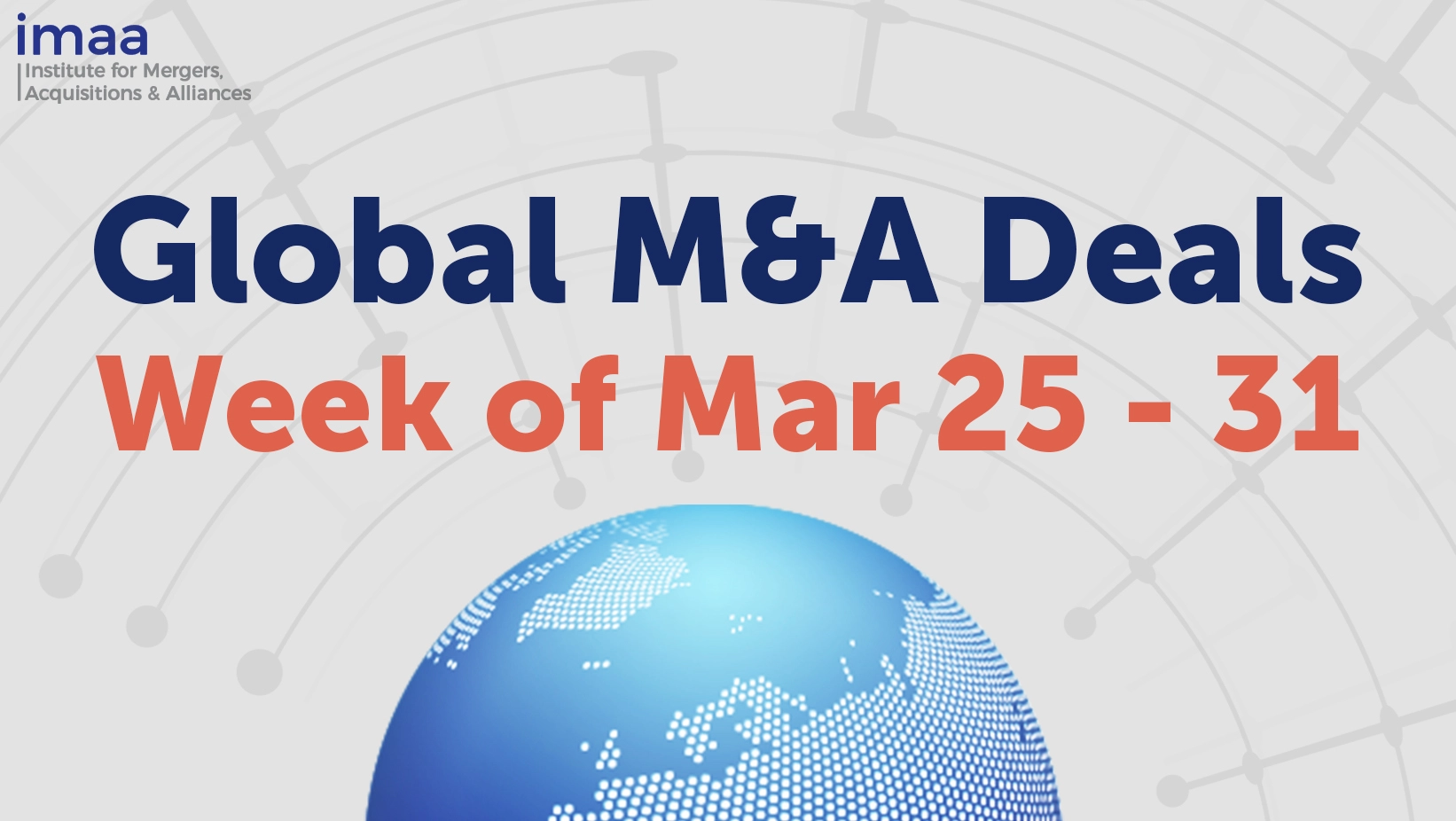
By John Kinnaman, Arthur Bert and Raúl Macías – Accenture
No platform, no customers
When it comes to digital content, today’s consumers have clear but complex demands. They want it fast, they want it integrated and they want it now.
Communications companies are the ones on the hook to make all this possible—with simple, easily understood product options at a competitive price. But increasingly, they’re finding their current capabilities straining to meet consumers’ demands. That’s why, to remain relevant to consumers and stay competitive, communications companies will need to build digital platforms.
The growing importance of digital platforms is well recognized in the executive suite. According to Accenture research, 40 percent of executives believe adopting a platform-based business model and engaging in ecosystems of digital partners are very critical to their business success. The performance of the sector’s unquestioned digital platform
leaders further underscores the value of platform capabilities. The combined market cap of these leaders—Amazon, Apple, Facebook and Google—exceeds $1.6 trillion, which is double the market cap of 15 of the largest traditional US telecoms, mobile and cable companies combined.
M&A to the rescue
What’s the best route to closing this gap? In some cases, companies can gain such new capabilities through ecosystems and partnerships. But most traditional communications companies can’t build these capabilities organically—they simply don’t have enough time or money.
Consider, for example, the shift to 5G wireless networks. Some estimates put total 5G network upgrade costs at $104 billion over 10 years. Many companies—especially smaller and midsize ones—will struggle to execute existing plans, let alone develop differentiated strategies and offerings that will require this level of investment. Scale players will be much better positioned than smaller ones to make this investment. That’s why M&A remains an important option to acquire the right digital platform capabilities and stay ahead of competitors. It’s also why 81 percent of communications businesses expect the number of M&A transactions to increase in the next two years.
Many of these deals likely will resemble recent ones executed by AT&T in the US and ElevenPaths in Europe. AT&T acquired Canada-based QuickPlay Media, a provider of Internet-video streaming services, for US $184 million. The acquisition will provide the video distribution infrastructure for three new over-the-top services AT&T will launch via DirecTV. AT&T sees QuickPlay’s content-delivery platform as a critical complement to its network and content, saying the technology serves as the missing piece of a complete video distribution capability.
Similarly, ElevenPaths, the security solutions specialist for Telefonica, bought GesConsultor (Gesdatos), the leading governance, risk and compliance platform in Spain. The acquisition enables ElevenPaths to plug a hole in its portfolio of Managed Security services and allows Telefonica to sell the solution as part of its security services offer.
European players face additional complexity: More consolidation unrelated to “digital-driven” transactions. Accenture research indicates revenue concentration within the European communications sector trails that of their North American counterparts by a wide margin. For example, in North America, the 10 largest communications companies account for 76 percent of all revenue the sector generates. In Europe, it’s 49 percent. This means European management teams will need to balance their attention between addressing core sector dynamics and ensuring they are well-positioned for a digital future.
How not to destroy value
It’s clear that market trends and customer demands are pushing the communications sector to embrace more robust digital platform capabilities. And it’s equally obvious that for many companies, M&A will need to play an important role in bringing those capabilities aboard. But as history shows, M&A’s track record is spotty. Accenture research found that four in 10 deals not only fail to deliver the benefits on which they were originally based, they actually destroy value. How can communications companies choose the best route to infusing digital platform capabilities and, when M&A is the preferred option, enhance their chances for success? Three approaches are key:
Develop a growth strategy to respond to the shift to digital and changing customer expectations.
This strategy should consider the company’s geographic context, size and scale. It also should be informed by a comprehensive assessment of the company’s digital platform capabilities. Such an assessment enables a company to identify high-priority gaps across critical front-end and back-end areas including cloud, mobility, content, UI, security, agile architecture, people, processes, and operating model.
As with any strategic exercise, management teams should develop the “long list” of what they need to support the shift to digital (beyond existing capabilities) and whittle that down to the “short list” of those they absolutely must have.
However, in the case of digital platforms, we expect the “short list” to be longer and more complex than usual. Why? Digital platforms are holistic systems. They can’t be implemented piecemeal and still be expected to deliver the experience customers demand. This is why the shift to digital is particularly challenging for smaller players, which may lack the resources needed to implement a fully formed platform. And European players must ensure that plugging these capability gaps doesn’t distract them from core sector consolidation activity.
Devise an acquisition strategy to close capability gaps.
Many companies will conclude that M&A is essential to maintain or gain the scale necessary to remain competitive in the digital arena. In these cases, they should develop an aggressive M&A strategy to close the gaps they identified through their assessment. The goal should be to acquire the missing capabilities that are critical to delivering the seamless, complete, and glitch-free innovative experience customers want.
As part of this strategy, teams need to use the right criteria to ensure they consider all deal sizes, not just megadeals. In the case of digital platforms, smaller, more strategic deals are often what’s needed to close certain capability gaps.
Some companies have developed “venture” arms (many located in Silicon Valley) to help them do a better job sourcing such deals. These companies—which include Comcast, Verizon, and Telefonica, as well as GE, Ford and General Motors— gain distinct advantages. They can directly engage with key technology developers, directly participate in the technology “ecosystem,” and more quickly identify and capitalize on key strategic deal opportunities.
Make the customer experience core to both corporate and M&A strategy.
As mentioned earlier, customers’ demands for a superior experience are at the heart of the rise of the digital platform.
However, many companies often fail to maintain a consistent focus on the customer experience throughout the M&A lifecycle. This can lead to inconsistent execution by functional teams, delayed achievement of synergy targets, and unhappy customers on Day 1 and beyond. Worse, because the factors required to deliver the customer experience span many functions, a company will find it difficult, if not impossible, to make up lost ground if it falls behind.
That’s why in leading companies the customer experience underpins all aspects of the M&A lifecycle: From initial portfolio analysis, deal screening and approval, to integration planning and post-closing execution. And because no single functional team has enough visibility across the organization to see the big picture, a cross-functional approach to these activities is critical.
Ultimately, embedding the customer experience across a deal is critical for three reasons: It helps a company focus on only those targets that will have a direct and measurable impact on what attracts and retains customers. It ensures that integration budgets properly reflect the investments needed to fully bring the “newco” customer experience to life—both from a “front-end” and “back-end” perspective. And it drives the development of KPIs that enable corporate and operational line management to ensure that the experience the company delivers meets customers’ expectations.
Communications companies’ survival
Communications companies clearly face many challenges as they strive to grow in a rapidly changing industry. One of the biggest is remaining relevant to today’s consumers, whose evolving expectations and behavior have redefined the capabilities communications companies need to succeed.
Building these new capabilities won’t be easy. It will require communications companies to more aggressively embrace the creation of digital platforms. And in most cases, it also will require strategic acquisitions that can quickly and effectively augment current capabilities. This makes a strong, clearly defined M&A strategy all the more critical.
With M&A playing a major role in keeping communications companies competitive, we’re likely to see sustained M&A activity across the sector in the next two years. Where communications companies place their bets and how successfully they execute these deals ultimately could determine their long-term survival.
Improving customer experience will require communications companies to more aggressively embrace digital platform capabilities.






